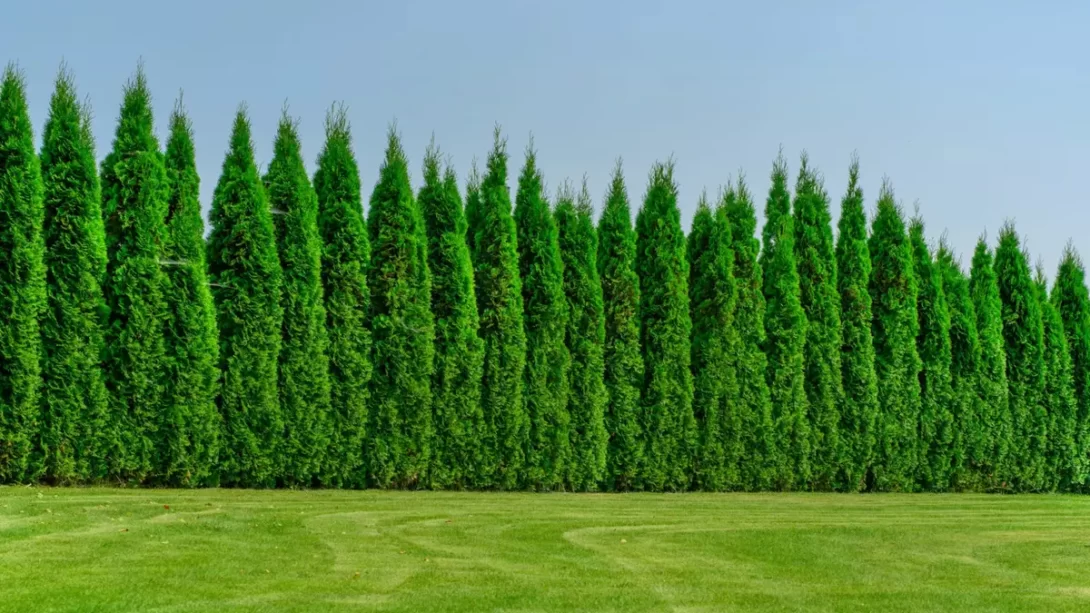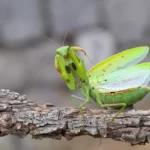Emerald Greens, known for their lush, dense foliage, are a popular choice in many gardens and landscapes. With their vibrant color and upright growth habit, they add a touch of elegance and structure to various outdoor spaces. These evergreens are particularly favored for their year-round color and low maintenance requirements, making them a go-to for both novice and experienced gardeners.
Botanical Profile of Emerald Greens
The Emerald Green arborvitae, scientifically known as Thuja occidentalis ‘Smaragd’, is a cultivar of the White Cedar. This evergreen shrub is characterized by its bright green, compact foliage that forms a neat, conical shape. Typically, it can grow up to 12-14 feet tall and 3-4 feet wide, making it an ideal choice for narrow spaces. Its slow growth rate and natural shape reduce the need for frequent pruning.
Growing Conditions for Emerald Greens
For optimal growth, Emerald Greens require well-drained soil. They thrive in a range of soil types, from clay to loamy, as long as the soil does not remain waterlogged. These plants prefer a slightly acidic to neutral soil pH. When it comes to light, they are versatile but perform best in full sun to partial shade. Adequate sunlight ensures denser foliage and a healthier plant. In terms of climate, they are hardy in USDA zones 2 through 7, tolerating cold winters quite well.
Planting and Care Tips
The best time to plant Emerald Greens is either in early spring or early fall. This timing allows the plants to establish their root systems before extreme weather conditions. When planting, dig a hole as deep as the root ball and twice as wide. This ensures enough room for the roots to spread. After planting, water thoroughly and mulch around the base to retain moisture and regulate soil temperature. Regular watering during the first growing season is crucial to help establish the plant. As for maintenance, pruning is minimal but can be done to shape the plant or control its size. Fertilizing annually with a balanced, slow-release fertilizer will promote healthy growth.
Common Uses in Landscaping
Emerald Greens are a versatile choice for various landscaping designs. Their narrow, upright growth makes them ideal for creating elegant hedges and privacy screens. These evergreens provide a year-round green backdrop, enhancing the overall aesthetics of the garden. They can also be planted as individual specimens or in groups to create a focal point in the landscape. When designing with Emerald Greens, consider pairing them with flowering shrubs or perennials to add color contrast and textural diversity.
Pests and Disease Management
While generally resilient, Emerald Greens can be susceptible to certain pests and diseases. Spider mites and bagworms are common pests that can affect these plants. Regular monitoring and timely intervention with appropriate insecticides or natural predators can control these pests. Diseases like root rot and leaf blight can occur, especially in poorly drained soils or overly humid conditions. Ensuring good air circulation and avoiding over-watering are key preventive measures. If diseases do appear, fungicides can be effective, but it’s essential to diagnose and treat early.
Pros and Cons of Emerald Greens in Your Garden
Emerald Greens offer several advantages in the garden. Their compact growth habit and minimal pruning requirements make them a low-maintenance choice. They are also excellent for creating privacy and adding structural elements to the garden. On the downside, their susceptibility to certain pests and diseases requires vigilance. Additionally, in regions with extreme heat or drought, they may struggle without adequate care. However, with proper planting, regular care, and monitoring, these potential issues can be effectively managed, making Emerald Greens a rewarding addition to many gardens.
Complementing Your Garden with Emerald Greens
Integrating Emerald Greens into your garden is relatively straightforward. Their uniform shape and consistent color make them an excellent backdrop for a variety of plants. For a dynamic garden design, pair them with flowering shrubs like Hydrangeas or Spireas. Perennials such as Daylilies or Hostas also complement their dense foliage. When planted in rows, they create a stunning visual boundary or privacy screen. Additionally, these evergreens can be used in foundation plantings, adding a structured look to your home’s landscape.
Seasonal Care and Longevity
Emerald Greens require different care approaches depending on the season. In spring, focus on mulching and fertilizing to promote healthy growth. Summer care should emphasize adequate watering, especially during dry spells. In fall, prepare the plants for winter by reducing watering and ensuring they are healthy going into the cold season. Winter care is minimal, but it’s important to occasionally check for snow or ice damage. With proper seasonal care, these plants can thrive for many years, becoming a long-standing feature in your garden.
Conclusion
Emerald Greens, with their lush foliage and versatile use in landscapes, offer numerous benefits to gardeners. They provide year-round beauty with minimal maintenance, making them an excellent choice for a variety of garden styles. While they do have some susceptibilities to pests and diseases, proactive care can mitigate these issues. Incorporating Emerald Greens into your garden can enhance its aesthetic appeal and provide a lasting, evergreen presence that elevates the overall design. With the right care and placement, they can be a beautiful and rewarding addition to any garden space.



